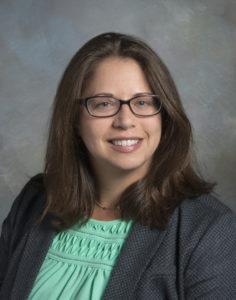Lauren McMillan, assistant professor in the department of Historic Preservation, published a co-authored book chapter, “Reanalyzing, Reinterpreting, and Rediscovering the Appamattucks Community” in the edited volume New Life for Archaeological Collections.
About the book:
“New Life for Archaeological Collections explores solutions to what archaeologists are calling the “curation crisis,” that is, too much stuff with too little research, analysis, and public interpretation. This volume demonstrates how archaeologists are taking both large and small steps toward not only solving the dilemma of storage but recognizing the value of these collections through inventorying and cataloging, curation, rehousing, artifact conservation, volunteer and student efforts, and public exhibits.”
